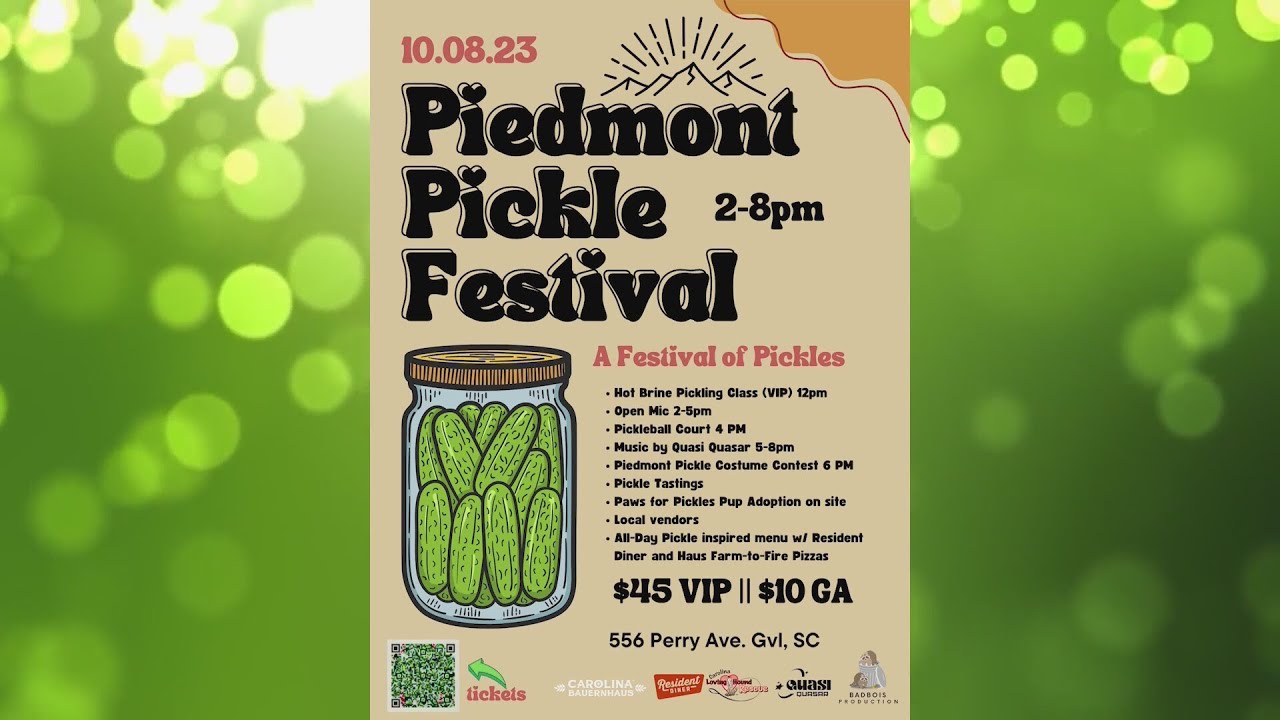
Preserving Traditions: The Revival of Home Canning
Growing up on a vibrant farm in Southeastern North Carolina was filled with lessons learned in both hard work and the art of preservation. From grading chunky bell peppers to methodically canning tomatoes, these experiences may have felt tedious at the time, but they have blossomed into a passion for food independence and sustainability.
The Nostalgic Art of Canning
Canning was once a common household practice, essential for sustaining families through the long winter months. Its popularity soared during World War II, when communities relied on home preservation to supplement food supply in times of scarcity. However, this cherished tradition diminished as industrial food processing gained momentum in the latter half of the 20th century.
Today, home canning is enjoying a renaissance, especially post-pandemic, where a renewed interest in gardening and home cooking has swept across the nation. This shift reflects not only a return to nostalgia but also an eagerness to learn a valuable skill that yields tangible results. Homemade jams, pickles, and sauces bring a sense of satisfaction that store-bought products simply cannot replicate.
Crafting preserves at home for a taste of summer all year round.
Ensuring Safety in Canning
As we embrace this delightful endeavor, it’s vital to recognize the importance of food safety in canning. Misinformation abounds in the digital age, with many newcomers stumbling upon untested recipes that could pose health risks. Using an unverified recipe, altering established instructions, or neglecting essential monitoring steps can lead to serious foodborne illnesses like botulism—a danger that can easily be overlooked in the excitement of home preservation.
To safely dive into home canning, it’s essential to familiarize oneself with the necessary tools and how to properly use them. The science of canning is based on precise conditioning of temperatures and environments to eliminate harmful bacteria. Understanding the nuances of pressure canners versus water bath methods can make all the difference in the safety and preservation quality of your cherished creations.
“Home canning is both fun and safe, provided you have the right knowledge,” says Avery Ashley, a seasoned expert in food preservation.
Avery leads hands-on workshops that focus on the fundamentals of canning, ensuring participants leave with a robust understanding of various methods and their significance.
Join the Canning Community
If you’re ready to explore the world of canning, consider joining a workshop hosted by local experts. Mark your calendar for October 7th from 1-3 p.m. where you can learn how to can dill pickles among other delightful creations. Led by Avery Ashley, the Family & Consumer Sciences Agent from Brunswick County, the session is designed to accommodate all skill levels—from novices hoping to understand the basics to the more experienced looking for a refresher.
Space for this workshop is limited, with a nominal fee of $15 for participation to ensure a personalized experience as you immerse yourself in the art of canning.
For further details and registration, check out the link here.
 Beautifully preserved pickles ready for the pantry.
Beautifully preserved pickles ready for the pantry.
Conclusion
The revival of home canning isn’t just a trend; it’s a testament to a generation rediscovering the joy of self-sustainability and culinary creativity. By embracing the art of canning, individuals not only connect with their roots but also contribute to a more sustainable future—one jar at a time. As we navigate this warm season of abundance, let’s cherish the opportunity to learn, create, and share the fruits of our labor for many seasons to come.















